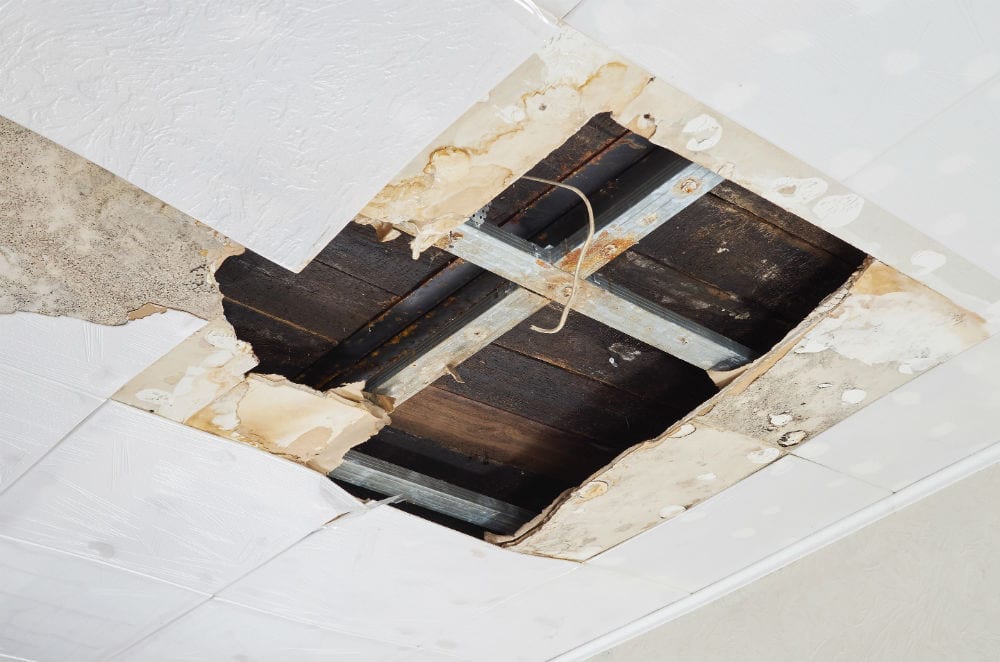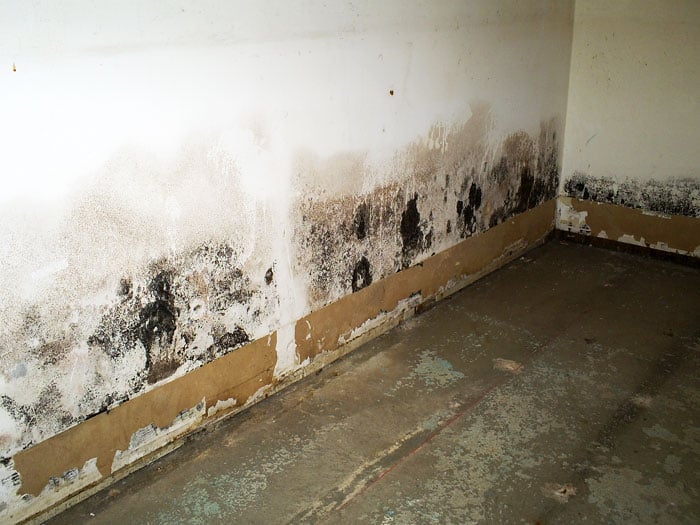Nearly everybody may have their private assumption with regards to 5 Home Safety Tips To Reduce The Risk Of Fire And Water Damage.

Water offers life, yet water breach on some components where it's not supposed to be can cause damage as well as aggravation. If the water permeates into your framework, it can peel off away the surface and also deteriorate the material's foundation. Mold and mildew and also mold additionally thrive in a damp setting, which can be unsafe for your and your household's health and wellness. Furthermore, homes with water damages scent mildewy and old.
Water can come from numerous resources like typhoons, floods, ruptured pipelines, leaks, and also sewer concerns. It's better to have a working knowledge of safety precautions if you have water damages. Below are a couple of standards on just how to manage water damage.
Do Prioritize Residence Insurance Policy Insurance Coverage
Seasonal water damage can come from floodings, seasonal rainfalls, as well as wind. There is additionally an event of an unexpected flooding, whether it originated from a faulty pipeline that instantly ruptures into your house. To shield your home, copyright insurance policy that covers both acts of God such as all-natural disasters, as well as emergency situations like busted plumbing.
Do Not Forget to Switch Off Energies
When disaster strikes as well as you remain in a flood-prone location, switch off the primary electrical circuit. Turning off the power prevents
When water comes in as water serves as a conductor, electric shocks. Do not neglect to shut off the main water line shutoff as a method to prevent even more damage.
If the floodwaters are obtaining high, keep your furnishings stable as they can walk around as well as create additional damage.
Do Stay Proactive and Heed Climate Informs
Tornado floods can be really unpredictable. Stay prepared and positive at all times if you live in a location plagued by floodings. Pay attention to the information and discharge cautions if you live near a body of water like a creek, lake, or river . Secure your belongings and also essential documents from the ground floor and also cellar, after that put them in a safe place and the highest feasible degree.
Don't Neglect the Roofing System
Your roofer should take treatment of the malfunctioning rain gutters or any kind of other indications of damages or weakening. An examination will protect against water from moving down your walls and also saturating your ceiling.
Do Focus On Little Leakages
A ruptured pipe does not take place in a vacuum cleaner or overnight. There are red flags that can attract your interest and indicate to you some damaged pipelines in your home. Signs of warnings in your pipelines consist of gurgling paint, peeling off wallpaper, water streaks, water spots, or trickling noises behind the walls. There are indications that the pipeline will break. If you see these signs, don't await an escalation. Repair and also evaluate your plumbing fixed before it results in massive damages to your house, financial resources, as well as an individual headache.
Do Not Panic in Case of a Burst Pipeline
Timing is key when it comes to water damage. If a pipe bursts in your residence, promptly closed off your major water shutoff to reduce off the resource as well as avoid more damages. Call a reputable water damage restoration specialist for help.
Water offers life, yet water invasion on some parts where it's not meant to be can result in damage and trouble. In enhancement, homes with water damages odor mildewy and old.
Seasonal water damage can come from floodings, seasonal rains, and wind. Signs of red flags in your pipelines include bubbling paint, peeling off wallpaper, water streaks, water stains, or trickling audios behind the walls. If a pipeline bursts in your house, promptly closed off your main water valve to reduce off the resource and also avoid even more damage.
Some Do's & Don't When Dealing with a Water Damage
DO:
Make sure the water source has been eliminated. Contact a plumber if needed. Turn off circuit breakers supplying electricity to wet areas and unplug any electronics that are on wet carpet or surfaces Remove small furniture items Remove as much excess water as possible by mopping or blotting; Use WHITE towels to blot wet carpeting Wipe water from wooden furniture after removing anything on it Remove and prop up wet upholstery cushions for even drying (check for any bleeding) Pin up curtains or furniture skirts if needed Place aluminum foil, saucers or wood blocks between furniture legs and wet carpet Turn on air conditioning for maximum drying in winter and open windows in the summer Open any drawers and cabinets affected for complete drying but do not force them open Remove any valuable art objects or paintings to a safe, dry place Open any suitcases or luggage that may have been affected to dry, preferably in sunlight Hang any fur or leather goods to dry at room temperature Punch small holes in sagging ceilings to relieve trapped water (don't forget to place pans beneath!); however, if the ceiling is sagging extremely low, stay out of the room and we'll take care of it DO NOT:
Leave wet fabrics in place; dry them as soon as possible Leave books, magazines or any other colored items on wet carpets or floor Use your household vacuum to remove water Use TV's or other electronics/appliances while standing on wet carpets or floors; especially not on wet concrete floors Turn on ceiling fixtures if the ceiling is wet Turn your heat up, unless instructed otherwise

I hope you enjoyed reading our post about What You Can Do At Home To Prevent Fire And Water Damage. Thank you for taking the time to browse our article. Do you know someone else who is truly interested in the niche? Be sure promote it. Thanks for your time spent reading it.